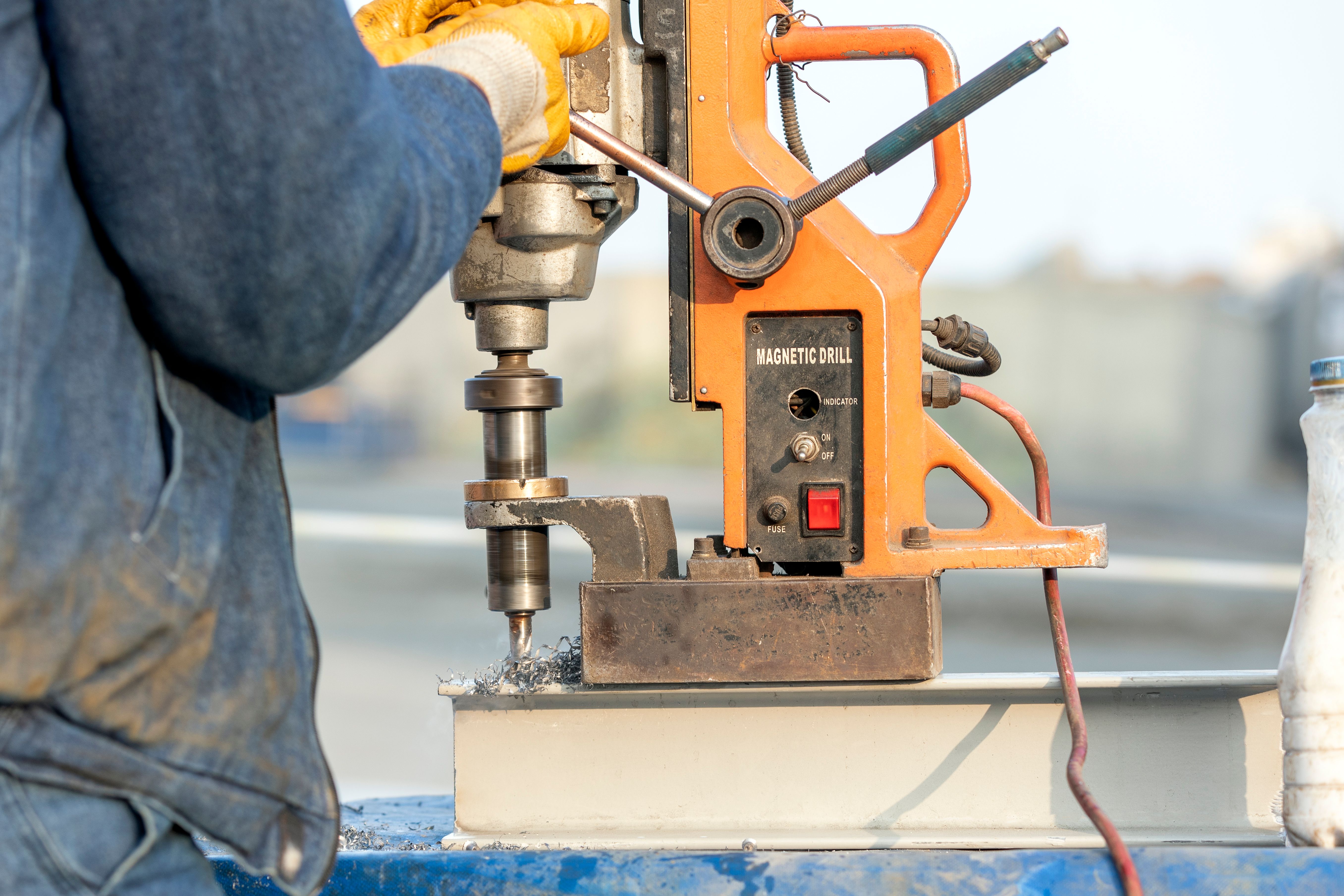Exploring the Magnet Drill Market: Iran and Germany
RR
Understanding the Magnet Drill Market
The magnet drill market is a niche yet vital segment within the industrial tools sector, offering specialized equipment for precision drilling. These tools are essential for industries requiring highly accurate hole-making capabilities, such as construction, manufacturing, and metalworking. With technological advancements and increasing industrialization, the demand for magnet drills is growing in various parts of the world, including Iran and Germany.

The Magnet Drill Market in Iran
Iran's industrial landscape is evolving rapidly, with significant investments in infrastructure and manufacturing. The country's focus on self-reliance and local production emphasizes the importance of efficient tools like magnet drills. Iranian industries that benefit from magnet drills include oil and gas, shipbuilding, and heavy machinery manufacturing. The domestic production of magnet drills is gaining momentum, with local manufacturers striving to meet international standards and reduce reliance on imports.
Government initiatives aimed at boosting local industries and technological innovation further fuel the growth of the magnet drill market in Iran. However, challenges such as economic sanctions and fluctuating currency rates can impact market stability. Despite these hurdles, Iran's magnet drill market is poised for expansion as industries modernize and adopt advanced technologies.
Germany's Magnet Drill Market: A Hub of Innovation
Germany is renowned for its engineering excellence and robust manufacturing sector. As a leader in industrial tool production, Germany plays a crucial role in the global magnet drill market. The country is home to several well-established manufacturers dedicated to producing high-quality, innovative magnet drills that cater to diverse industrial needs.

German companies place a strong emphasis on research and development, ensuring that their products incorporate the latest technological advancements. This commitment to innovation not only enhances product efficiency but also extends the lifespan of the tools, providing excellent value for users. Additionally, Germany's strategic location within Europe makes it a key exporter of magnet drills to neighboring countries and beyond.
Comparative Analysis: Iran vs. Germany
When comparing the magnet drill markets in Iran and Germany, several key differences emerge. Germany benefits from a well-established industrial base and long-standing expertise in tool manufacturing. In contrast, Iran's market is still developing, with local companies working to achieve global competitiveness.
- Quality and Standards: German manufacturers adhere to stringent quality standards, ensuring high-performance products. Iranian manufacturers are increasingly aligning with international standards to enhance product quality.
- Market Size and Export Potential: Germany has a larger market size with significant export potential, whereas Iran focuses on meeting domestic demand while gradually expanding its export capabilities.
- Technological Advancements: German companies lead in technological innovation, while Iranian firms are investing in R&D to catch up with global trends.
Future Prospects of the Magnet Drill Market
Both Iran and Germany have promising futures in the magnet drill market. Iran's efforts to bolster local manufacturing capabilities and reduce dependence on imports are likely to pay off as the country becomes more self-sufficient. As economic conditions stabilize, Iranian manufacturers could explore international markets more aggressively.

Germany's focus on innovation will continue to drive its market forward, with companies exploring new materials and technologies to improve product performance. The country's strong export network will ensure that German magnet drills remain a staple in industries worldwide.
In conclusion, while Iran and Germany operate at different scales within the magnet drill market, both countries demonstrate unique strengths and opportunities for growth. By leveraging their respective advantages, these nations can continue to make significant contributions to the global industrial tools landscape.